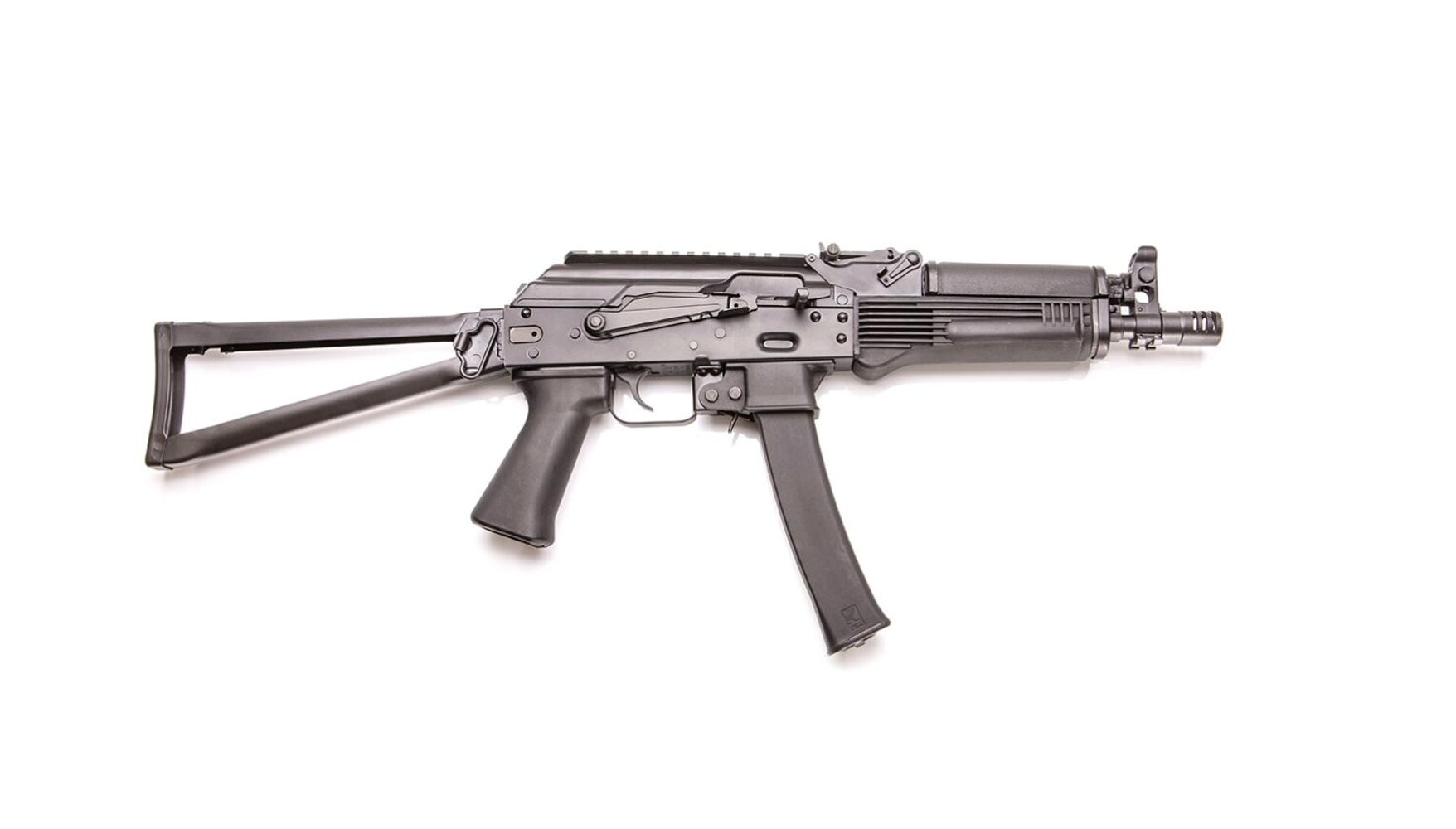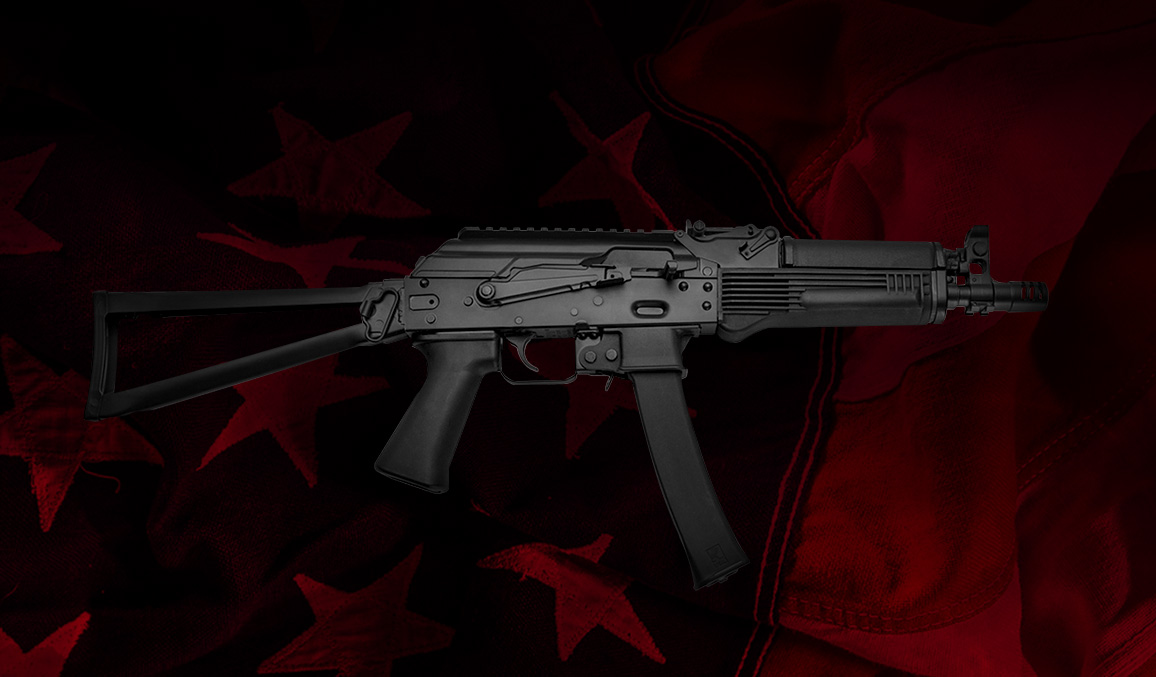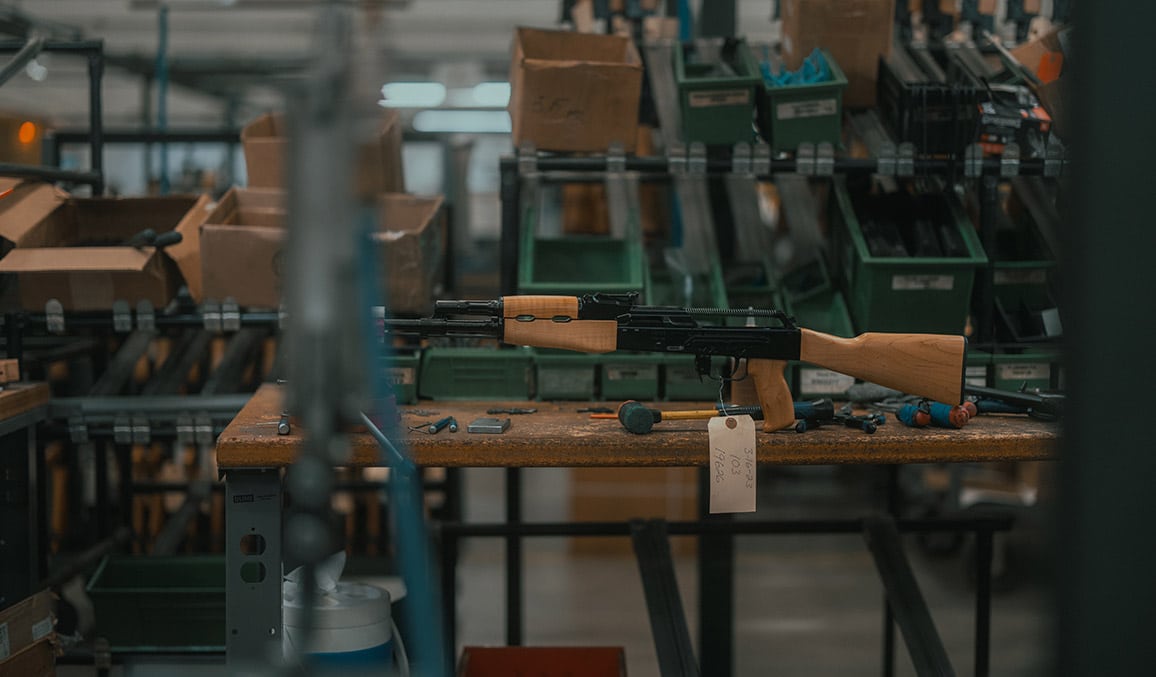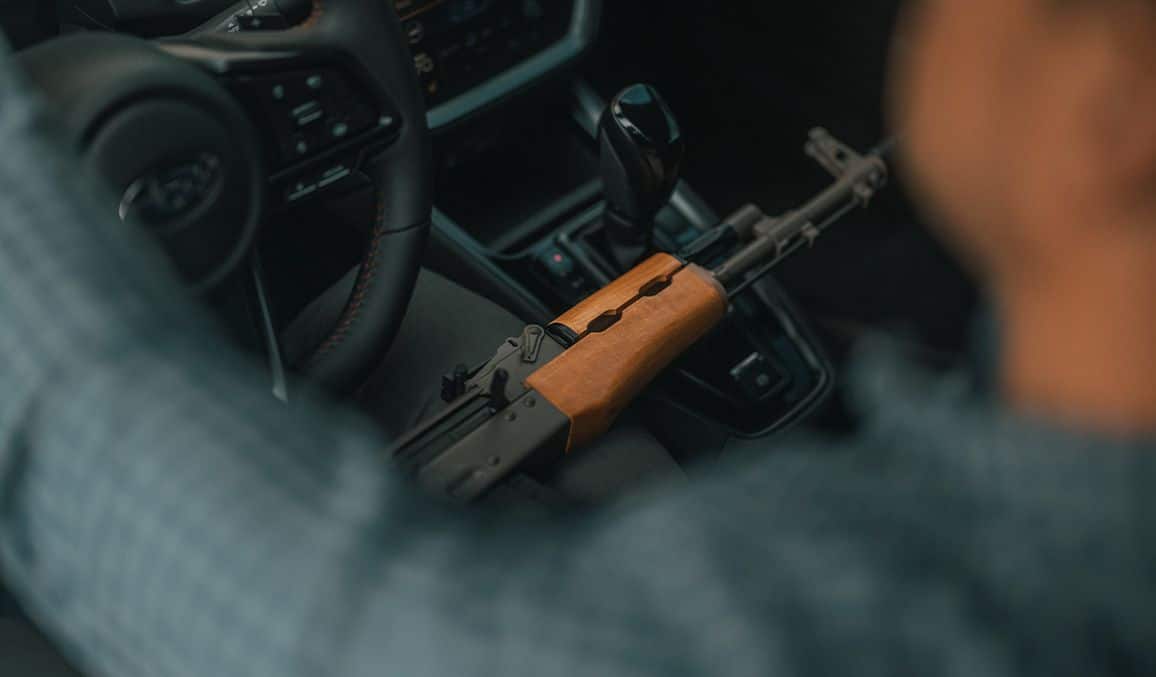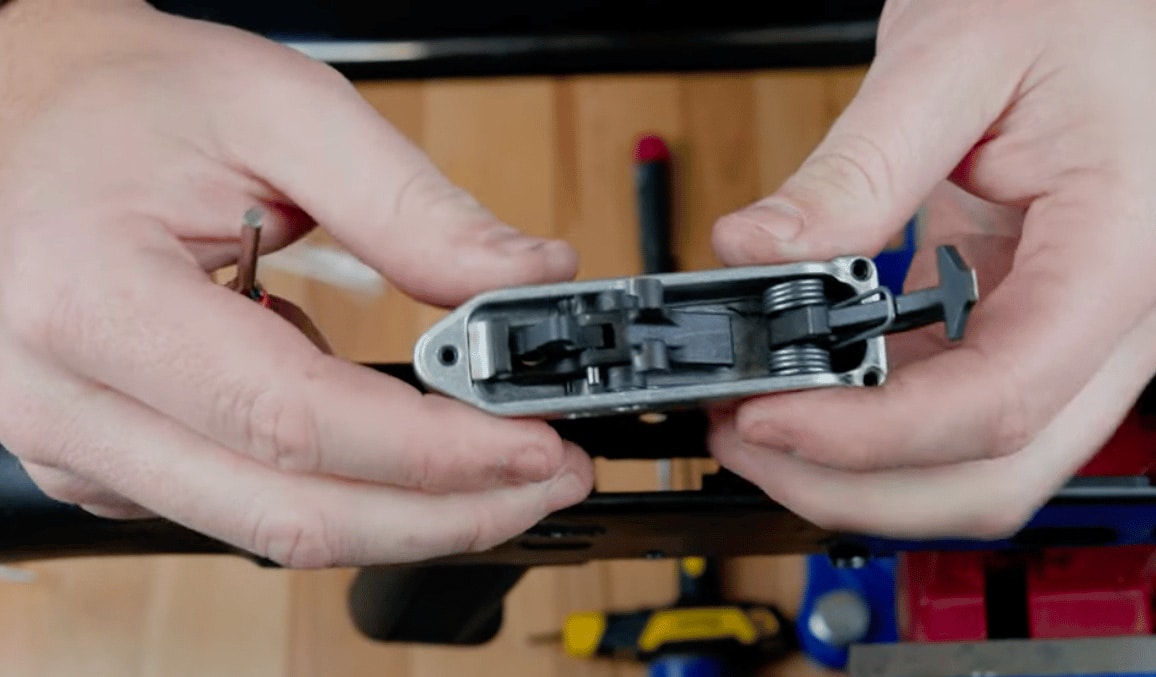Russia Looks to the Past and Revives the Submachine Gun (SMG)
In an earlier article, we discussed at length the introduction of the AK style Vityaz submachine developed in Russia at the turn of the 21st Century. We noted that it reflected a departure from the usual intermediate sized cartridges that made the AK the dominant weapon of the 20th century. We described how attempts to shorten the AK platform, most notably with the 5.45x39mm AKS-74U, led to the realization that high pressure cartridges do not do well when fired from very short barrels. The abbreviated barrels do not allow the expanding gases from the burning powder in the cartridge case to propel the bullet to its full potential. This reduces muzzle velocity and range, diminishes the terminal effects of the bullet, increases the muzzle signature (both audibly and visually) and makes the weapon harder to control.
All of this led Russia’s Interior Ministry, the MVD, to request the development of a new submachine gun, firing a 9mm pistol caliber cartridge, for its federal law enforcement units. The final result was the Vityaz submachine which made its public debut in 2006. It has since found wide acceptance in police and military units, both within Russia and overseas with foreign customers.
A Brief Look at Russia’s History with the SMG
Almost all gun designs are evolutionary rather than revolutionary. The Vityaz is no exception and is itself a fusion of AK features and Russia’s prior experience with submachine gun patterns. The AK was developed following the end of World War II but Russian attempts at a sub-gun design began in the 1920s, shortly after the creation of the Union of Soviet Socialist Republics (USSR).
Despite this early start, Russia was not particularly quick to embrace the submachine gun. This changed after the short– but intense– Winter War with Finland which lasted from November 30, 1939 to March 12, 1940. Although the Russians won the war, their casualties far exceeded those of the defiant Finns who fought with skill and determination.
Among the weapons used by the Finns was the excellent 9x19mm Suomi KP/-31 submachine gun. It proved devastating against the Russian invaders and it made believers out of the Russian soldiers armed mainly with Mosin-Nagant bolt action rifles.
Russia then began production of the 7.62x25mm PPD-40 submachine (designed by Vasily Degtyaryov) which incorporated an almost direct copy of Suomi’s 71 round drum magazine.
Unfortunately, the PPD-40 was a costly and time-consuming weapon to produce. Only about 90,000 were manufactured in the 1940-41 time period. The weapon was quickly replaced with Georgy Shpagin’s PPSh-41 submachine gun, also firing the 7.62x25mm cartridge, but which used stamped sheet metal in its construction rather than labor-intensive machined steel. As a result, fabrication time was cut in half.
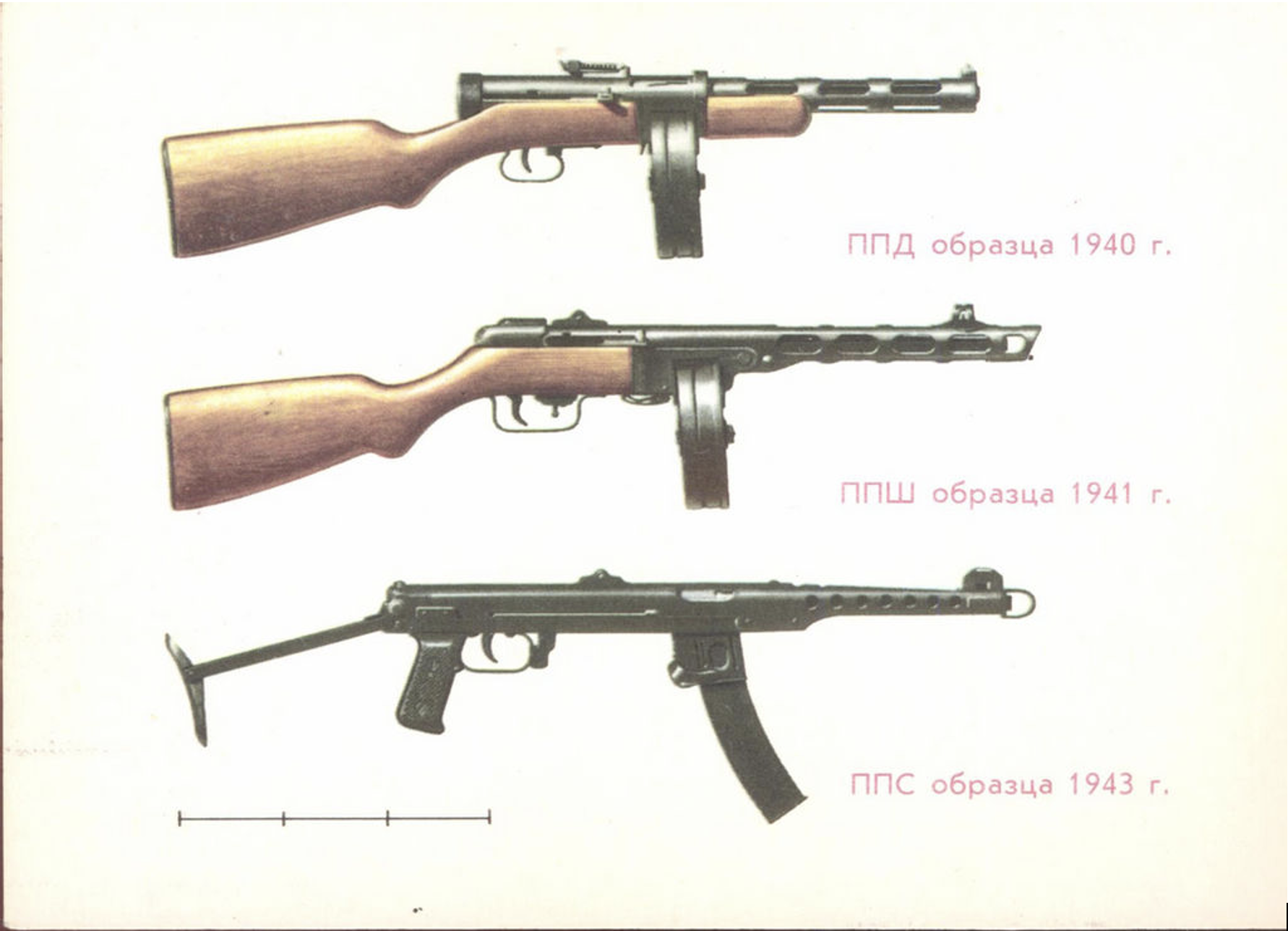
The PPSh-41 would go on to become the most widely manufactured submachine gun of World War II and it is estimated that more than five million of them were built. The bottlenecked 7.62x25mm cartridge launched 85-grain bullets at a muzzle velocity of approximately 1600 feet per second. Combined with the weapon’s cyclic rate of 900 rounds per minute, and a 71 round drum magazine, the PPSh-41 delivered an incredible amount of firepower with a deadly, flat-shooting bullet. The gun’s profile became an iconic symbol of the Red Army soldier and was featured extensively in propaganda art promoting the defense of the Russian homeland. It is this particular poster, a Red Army soldier carrying a PPSh-41 is compared to a bogatyr (also known as a vityaz), which was a medieval knight from the period of Vladimir the Great (Grand Prince of Kiev from 980 to 1015):

Lessons learned from the PPSh-41
As effective as the PPSh-41 was in winning the Great Patriotic War (the term used by Russians to describe Hitler’s invasion), the weapon had a few shortcomings, mainly focused on the feeding mechanism. The 71 round magazine proved difficult to mass-produce and quality control issues plagued it, and the gun itself, throughout wartime production. Adoption of a double column, single feed 35 round box magazine improved the situation but the PPSh-41’s open magazine well lacked supporting brackets, and manufacturing tolerances remained an issue.
These deficiencies were remedied in large part with the introduction of the PPS-43 submachine later in the war which dispensed with the drum magazine and instead used a very reliable double column, double-feed steel box magazine. However, Russia’s production lines were fully dedicated to the production of the PPSh-41 and only limited numbers of the PPS-43 were produced. After the war, production of the PPS-43 ramped up enormously and it became one of the most successful submachine guns of the post-WWII era.
Eventually, the success of the AK platform and its intermediate-sized cartridge would replace not only the PPSh-41 and the PPS-43 but also many other submachine guns.
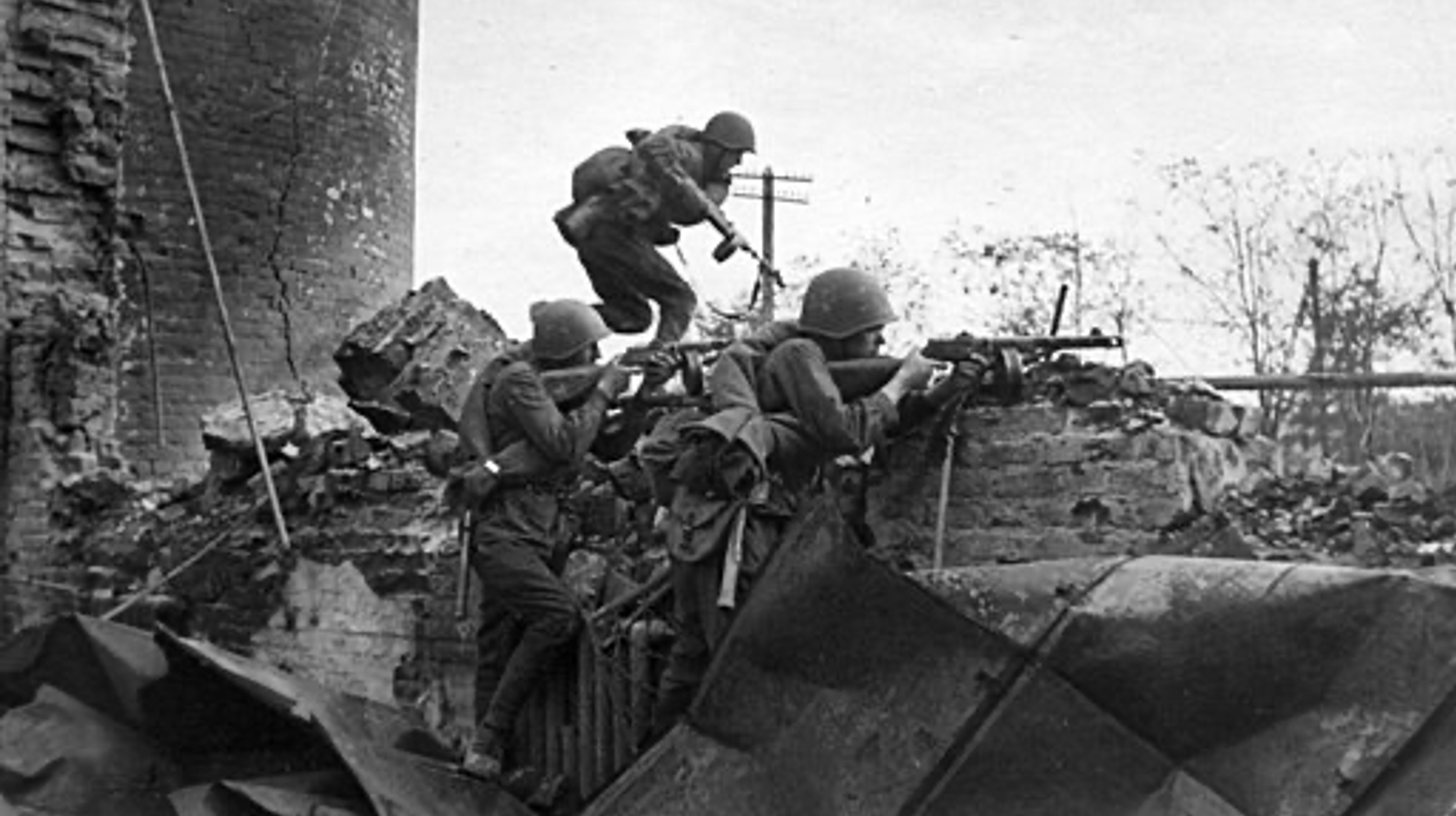
Fast Forward to the Kalashnikov USA KP-9
The Russian-designed Vityaz submachine incorporated many lessons learned from both the AK and Soviet-era sub guns. Chief among those was the need for both a simple operating mechanism and a very reliable magazine. These characteristics were incorporated into the blowback-operated 9x19mm Vityaz and made it a commercial success.
Those same qualities are found in the US-made KP-9 version of the Vityaz with some important distinctions and improvements:
- For the US civilian market, the Kalashnikov USA KP-9 operates only as a semi-automatic weapon and cannot be readily converted into a submachine gun with full-auto capability. The weapon is offered as a 9mm pistol, 16-inch carbine, or NFA short-barreled rifle (SBR) compliant with all US laws and BATF regulations. A select-fire version of the KP-9 is available to bona fide law enforcement or military customers but it is not advertised on the company’s website.
- The KP-9’s feed ramps have been modified to facilitate the use of jacketed hollow point bullets.
- The gun’s muzzle threads were changed to ½ inch x28 suppressor-ready threads to accommodate the most popular US-made muzzle devices and sound suppressors. Also, the threads end on a shoulder in front of the sight assembly. This enhances concentricity and lessens the possibility of a baffle strike:
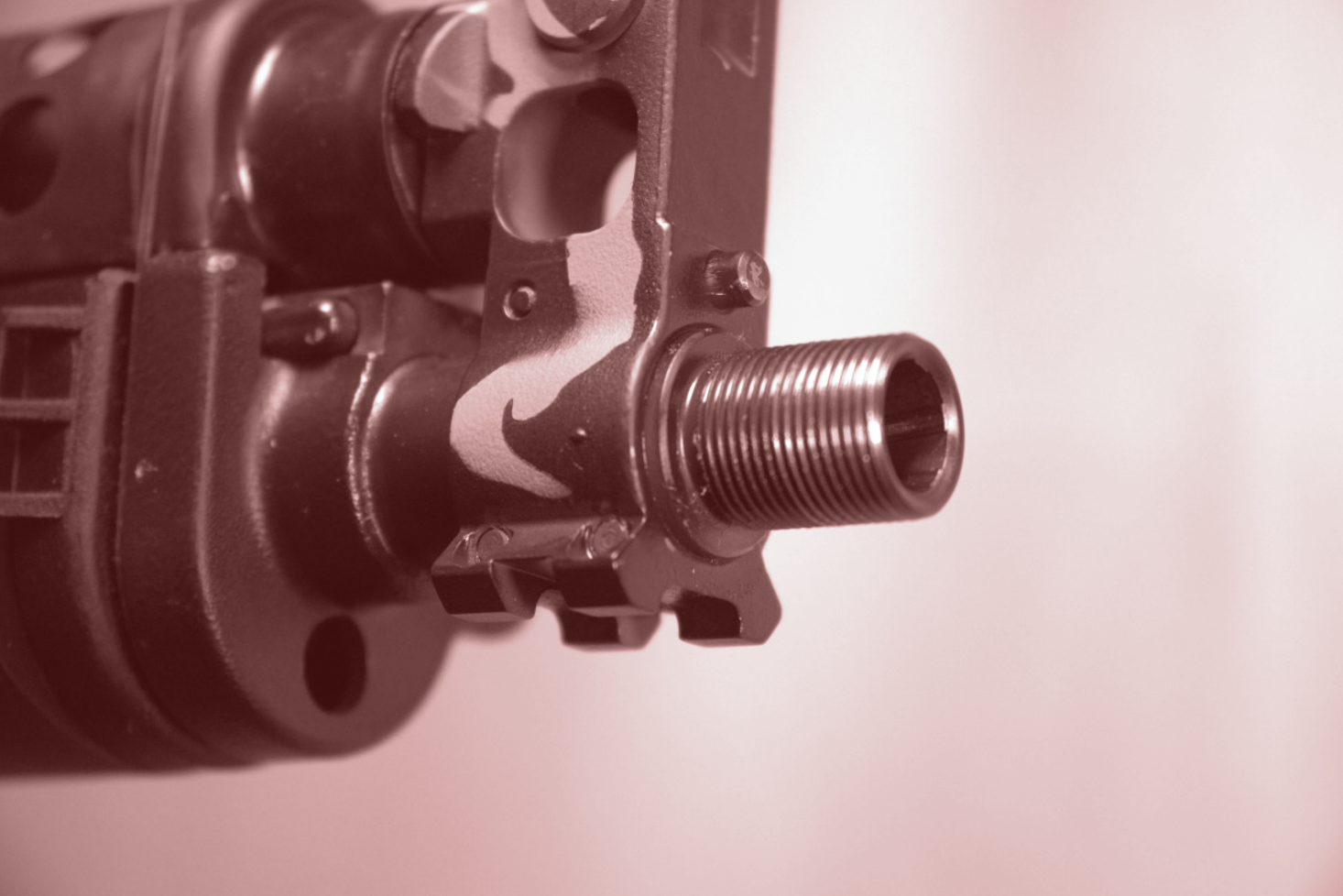
- The pivoting dust cover was modified to correct a flaw found in the original Russian specifications. Very early KP-9s experienced cracks near the cover’s latching mechanism that were traced to this flaw. An improved dust cover, optics rail, and recoil spring guide modification were implemented and the problem was corrected.
- An out-of-battery safety mechanism was incorporated into the design of the bolt to prevent the firing pin from striking the primer until the bolt is fully closed.
- The chamber depth was increased ever so slightly to ensure rounds were fully seated.
- The finicky “Shepherd’s Hook (or Crook)” wire spring found in the trigger assembly was replaced with a more efficient fire control group retainer plate.
- The trigger has been improved over time and the latest model KP-9s come standard with a two-stage trigger that still retains the AK’s trigger profile.
With the exception of these modifications/improvements, the KP-9 is as close to the original Vityaz design specifications as you will find in the United States. That includes a receiver that— like the original– is shortened by about an inch and whose rivet pattern differs from that used by the AK-74. Other “AK style” 9mm builders in the US use the longer AK-74 receivers when assembling their weapons, a noticeable difference. Some even require plastic buffers to operate correctly.
Kalashnikov USA’s KP-9 is manufactured on a modern assembly line in the United States by US workers using US-sourced parts and raw materials. Quality control checks are done constantly throughout the assembly process. The company is investing in additional CNC machines to maintain the flow of critical parts.
Finally, Kalashnikov USA gunsmiths and engineers continue to test and refine the KP-9’s robust construction and reliability. One of their trial weapons has been re-barreled twice and now has well over 100,000 rounds fired. It continues to function flawlessly even when tested with numerous rounds of ammunition. All KP-9s coming off the assembly line are proof round tested and stamped afterward to show they have passed this critical test.
If you’re looking for a durable and reliable 9mm platform for pistol caliber carbine (PCC) competition, home defense, or informal target shooting, look no further than Kalashnikov USA’s KP-9 civilian legal version of the famed Vityaz submachine gun.
